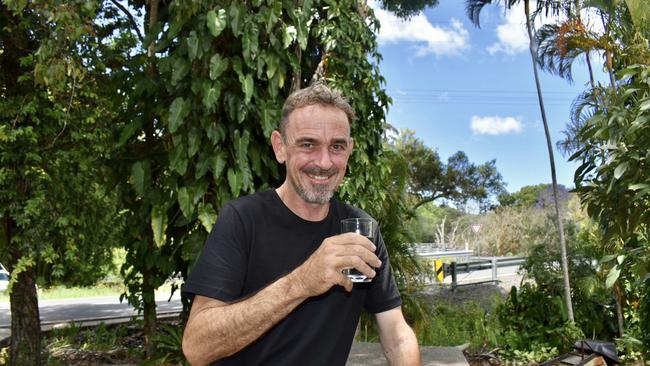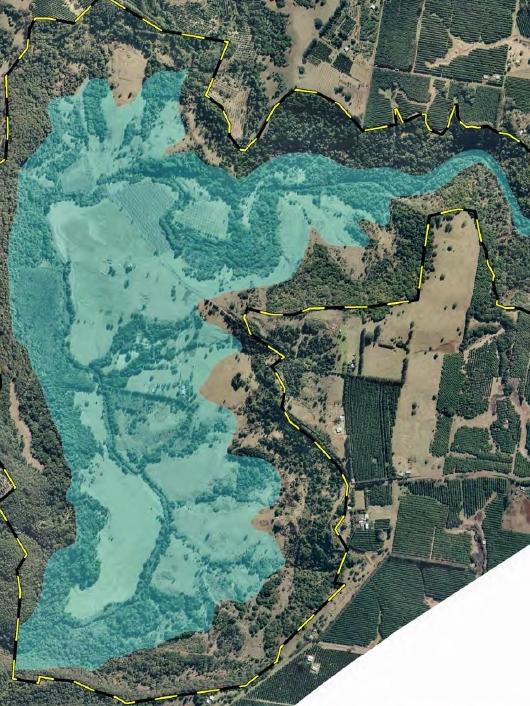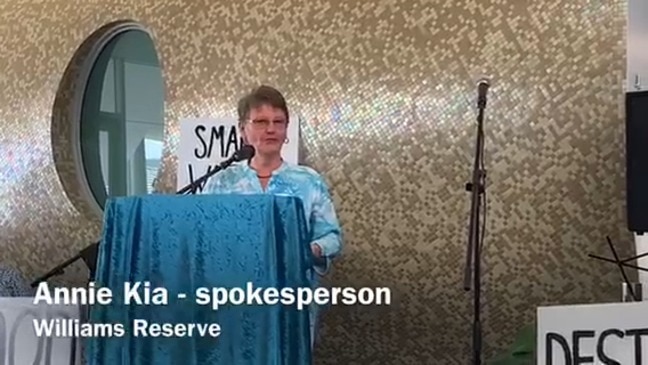Rous chair Keith Williams to farmers: ‘No-dam option is the best way to safeguard the Alstonville aquifer’
The chairman of Rous County Council says proving up the deep bores in the Clarence-Moreton basin would be “an excellent outcome” for agriculture on the plateau.

Ballina
Don't miss out on the headlines from Ballina. Followed categories will be added to My News.
The chair of Rous County Council, Keith Williams, says the current water strategy adopted by Rous is the best way to safeguard the Alstonville aquifer.
Mr Williams responded to calls by Alstonville farmers and the Save Alstonville Aquifer group, who want NSW Water Minister, Melinda Pavey, to intervene in Rous and reinstate the Dunoon dam.
“Water NSW have recently agreed that the deepest aquifer accessed by the Rous test drilling program is no longer part of the Alstonville Plateau system at all, and will be assessed as a new application into the much larger Clarence-Moreton sand aquifer below,” he said.
“This aquifer, at more than 250m below the surface, sits underneath the fractured basalt layers of the Plateau that make up the Alstonville system.”
Mr Williams said proving up the deep bores in the Clarence-Moreton basin would be “an excellent outcome” for agriculture on the plateau, as it would enable the removal of existing shallow bores — which are 40m to 80m deep — that impact on rural users in dry times.
“There are currently 1.2 GL of public water supply licences in the Alstonville aquifer. This compares to more than 8GL in private licences in the aquifer on which there is currently no metering,” he said.
“The NSW Chief Scientist highlighted this lack of metering as the primary source of uncertainty regarding the sustainability of the Alstonville aquifer in his 2018 report.”

Water NSW proposed to introduce metering on private bores in the Alstonville aquifer from 2023-24, the Rous chair said.
“Given the level of public concern expressed about groundwater extraction from the Alstonville aquifer in the recent community consultation conducted by Rous, I would invite the Save the Alstonville Aquifer group to join with me in calling for the State Government to bring forward it’s metering program and ensure the community can have confidence that the 8 GL of privately held licences in the Alstonville aquifer are being properly observed.”
Mr Williams said the Alstonville aquifer was a precious resource.
“I am committed to Rous removing the public water supply bores from the aquifer and I will personally work to ensure that all private water extraction licences are metered and operating within their limits,” he said.
“It is only then that the community can have confidence that the Alstonville aquifer has been saved for future generations.”

Community organisation Water Northern Rivers spokesperson Bianca Urbina said the Dunoon Dam had been investigated for the past 25 years at a cost of millions of dollars.
“Studies have found it is not a viable solution, because the modelling shows that rainfall will steadily decline,” she said.
“That’s why we need a range of water sources that don’t rely on rainfall.
“Currently, all of our water depends on rainfall except for non-potable water recycling schemes in Byron and Ballina Shire.
“Building the Dunoon Dam would only increase our rainfall dependence and therefore our vulnerability to drought.
“The only way to honour the 13,782 people that made submissions is by providing them with real water security, based on real Australian science, innovation and technology.”



